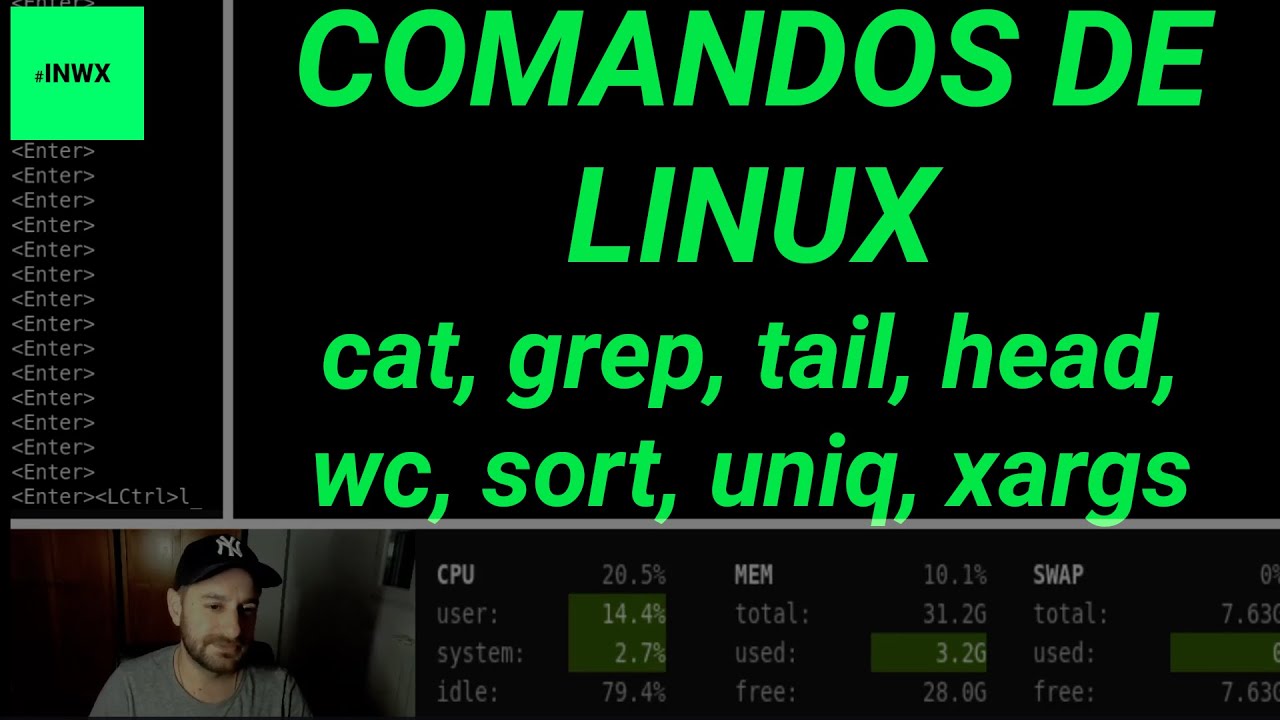

- #Cat and grep command in linux how to
- #Cat and grep command in linux full
- #Cat and grep command in linux code
You can also use multiple grep command separated by pipe to simulate AND scenario.
#Cat and grep command in linux how to
Note: Using regular expressions in grep is very powerful if you know how to use it effectively. $ grep -E 'Manager.*Sales|Sales.*Manager' employee.txt The following example will grep all the lines that contain both “Manager” and “Sales” in it (in any order). The following example will grep all the lines that contain both “Dev” and “Tech” in it (in the same order). Grep -E 'pattern1.*pattern2|pattern2.*pattern1' filename But, you can simulate AND using grep -E option. Use multiple -e option with grep for the multiple OR patterns.ĥ. Use multiple -e option in a single command to use multiple patterns for the or condition.įor example, grep either Tech or Sales from the employee.txt file. Using grep -e option you can pass only one parameter. So, use egrep (without any option) and separate multiple patterns for the or condition. Just use the | to separate multiple OR patterns.Įgrep is exactly same as ‘grep -E’. If you use the grep command with -E option, you just need to use | to separate multiple patterns for the or condition.įor example, grep either Tech or Sales from the employee.txt file. Without the back slash in front of the pipe, the following will not work. If you use the grep command without any option, you need to use \| to separate multiple patterns for the or condition.įor example, grep either Tech or Sales from the employee.txt file. I prefer method number 3 mentioned below for grep OR operator. Use any one of the following 4 methods for grep OR. You already knew that grep is extremely powerful based on these grep command examples. The following employee.txt file is used in the following examples. The examples mentioned below will help you to understand how to use OR, AND and NOT in Linux grep command. But, you can simulate AND using patterns. and for either case (but probably most usefully with the latter) you can tack on a |sort -u filter to the end to get the list sorted and to drop duplicates.Question: Can you explain how to use OR, AND and NOT operators in Unix grep command with some examples?Īnswer: In grep, we have options equivalent to OR and NOT operators. or something like it - though for some seds you may need to substitute a literal \newline character for each of the last two ns. If it is important that you only match links and from among those top-level domains, you can do: wget -qO- | utm_medium=hppromo&utm_campaign=auschwitz_q1&utm_content=desktop So the only think you need to do after that is to parse the result of "lynx -dump" using grep to get a cleaner raw version of the same result. No need to try to check for href or other sources for links because "lynx -dump" will by default extract all the clickable links from a given page. I didn't want to see those in the retrieved links. But beware of the fact that nowadays, people add links like src="//blah.tld" for CDN URI of libraries. The result will look similar to the following. Lynx -dump -listonly -nonumbers "some-file.html" If you just want to see the links instead of placing them in a file, then try this instead. Lynx -dump -listonly -nonumbers "some-file.html" > links.txt lynx -dump -listonly -nonumbers "" > links.txt PS: You can replace the site URL with a path to a file and it will work the same way. I have adjusted a little bit to support https files. I have found a solution here that is IMHO much simpler and potentially faster than what was proposed here. My output is a little different from the other examples as I get redirected to the Australian Google page. I guess you could also give -i to the 2nd grep to capture upper case HREF attributes, OTOH, I'd prefer to ignore such broken HTML. The -i option to the first grep command is to ensure that it will work on both and elements.
#Cat and grep command in linux code
This code will print all top-level URLs that occur as the href attribute of any elements in each line. Where source.html is the file containing the HTML code to parse. In that case you can use something like this: grep -Eoi ']+>' source.html |
#Cat and grep command in linux full
From your comments, it looks like you only want the top level domain, not the full URL. In order to only get URLs that are in the href attribute of elements, I find it easiest to do it in multiple stages. You can also add in \d to catch other numeral types.Īs I said in my comment, it's generally not a good idea to parse HTML with Regular Expressions, but you can sometimes get away with it if the HTML you're parsing is well-behaved. Output: wget -qO- | grep -Eo "(http|https)://*" | sort -u sort -u : will sort & remove any duplicates.grep -o : only outputs what has been grepped.But regex might not be the best way to go as mentioned, but here is an example that I put together: cat urls.html | grep -Eo "(http|https)://*" | sort -u


 0 kommentar(er)
0 kommentar(er)
